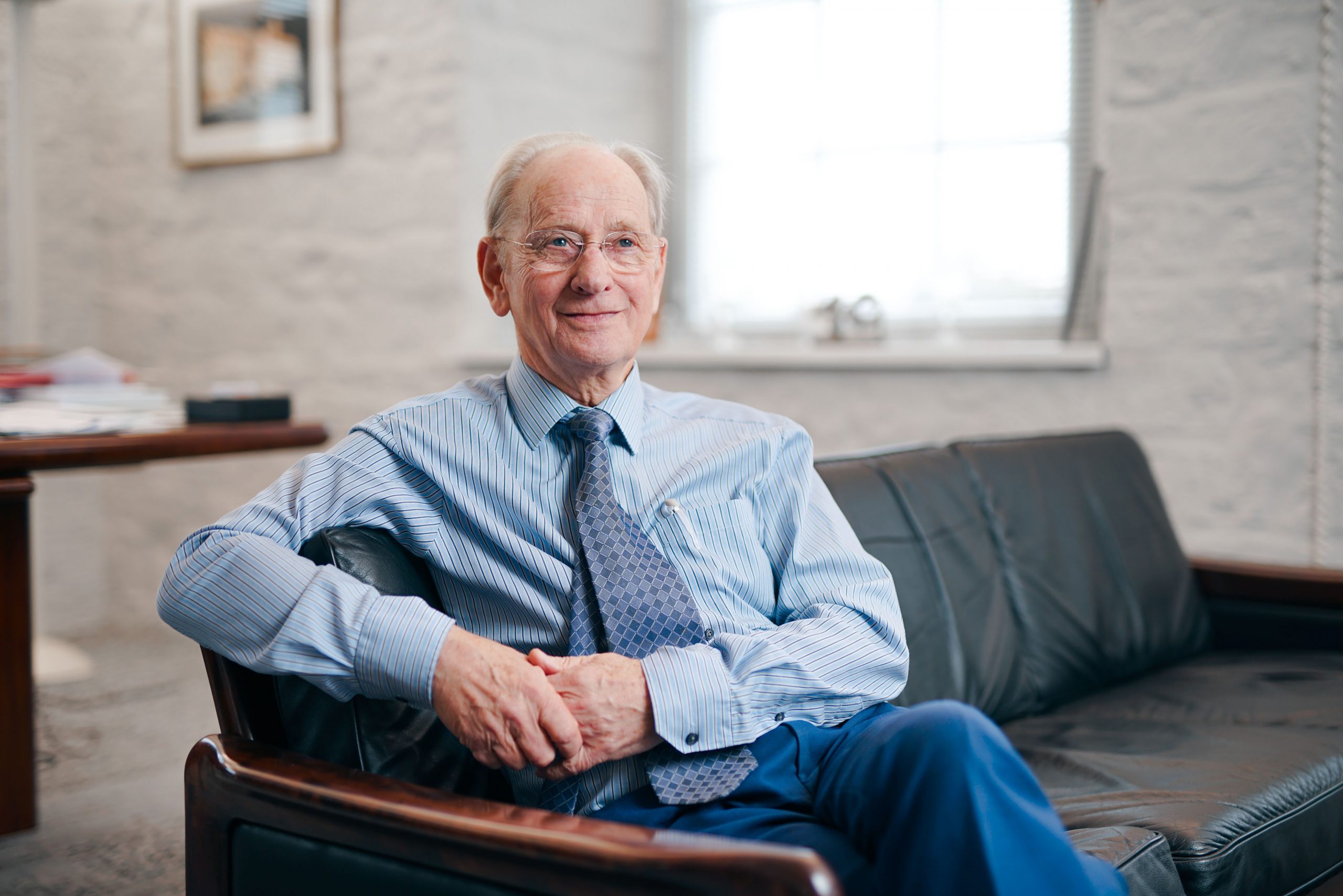Dublin-born inventor and engineer David McMurtry seems to be at home amidst the hum and whirr of 3D printers at the headquarters of his company, Renishaw, in Gloucestershire. He’s no stranger to such environments, having grown up in Clontarf and spent some of his childhood among the machinery at his father’s sweet factory in Fairview. He then moved to England to take up an apprenticeship at Rolls-Royce, where solving a problem on Concorde’s engines would set him on the path to creating a multi-billion-pound, FTSE 250-listed company with his co-founder, Welshman John Deer. McMurtry is standing beside one of his…
Cancel at any time. Are you already a member? Log in here.
Want to read the full story?
Unlock this article – and everything else on The Currency – with an annual membership and receive a free Samsonite Upscape suitcase, retailing at €235, delivered to your door.

